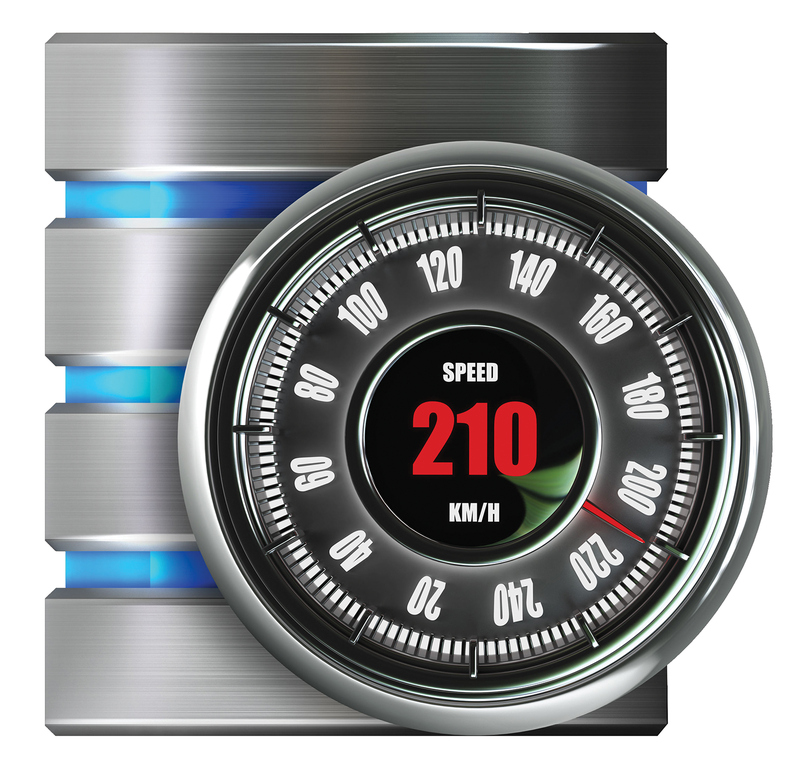
No Hands
As system administrators, we deal with a variety of issues, problems, and tasks that face us on a regular basis. Our managers ask us to solve problems with fewer staff. They ask us to "make do" with underpowered systems. Our executives expect longer hours at the same pay rates. And we have to deal with training our replacements or be denied our severance packages. But all the trials and tribulations that have plagued us for the past 15 years could easily escalate if the trend for greater automation continues.
Imagine a system that intelligently heals itself, restarts its own services, monitors its own health, alerts itself to its own problems, acquires its own patches and updates, installs its own software, reboots itself, and self-generates its own reports (conveniently in Excel format) to be gathered by another automated system that crunches the data and distills it into easy-to-read charts, graphs, and color-coded statuses. These technologies are not far away, Of course, even the smoothest-running automated artificially intelligent system will require a few of us to tweak and jump-start a failed process every now and then, but you might find that one admin is managing many more systems than before.
We system administrators are not entirely blameless in this trend toward more automation. For years we have automated repetitive tasks, passed off the low-level work to junior administrators, offshored the undesirable work, and come up with new ways to avoid hitting the keyboard. I once created an entire performance status reporting system that was fully automated. Each day the reports were ready for the administrators. Each month the databases truncated and archived themselves, and new ones were created with scripts timed perfectly to do what used to take me hours.
Yes, I was proud of myself for my "scripting magic," but little did I know the full ramifications of those actions. What once took me a full day, every day to complete, was now operating without a touch, without a human thought, and without the need for me. Like others before me, I quoted the Automater's Creed: Automating these repetitive tasks frees me up to perform higher level functions and development. Indeed it did. I then turned my sights toward automating those higher level functions of automated data gathering from multiple sources, gathering inventory data, providing reports for free IP addresses, and scraping error logs.
Automation is a good thing. But like all good things, it should be taken in moderation. There is no mechanical panacea, no single right answer for every problem. And no algorithm, no matter how sophisticated or well thought out, can replace a human – not completely, at least.
Not surprisingly, I received no accolades, no ticker tape, and no monetary reward for my work. But, I did receive one thing that made me happy. A question. A question that I was happy to answer: What else can we automate? "Everything," I said – everything, including the jobs of those who want to automate everything.
Ken Hess * ADMIN Senior Editor
